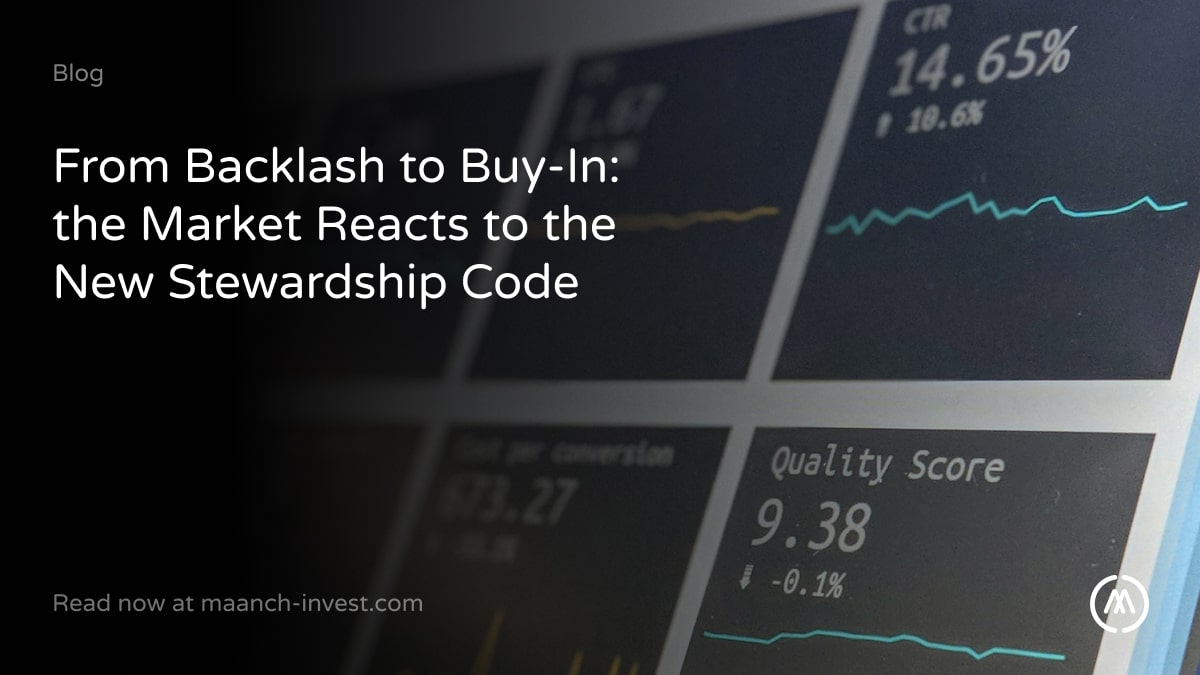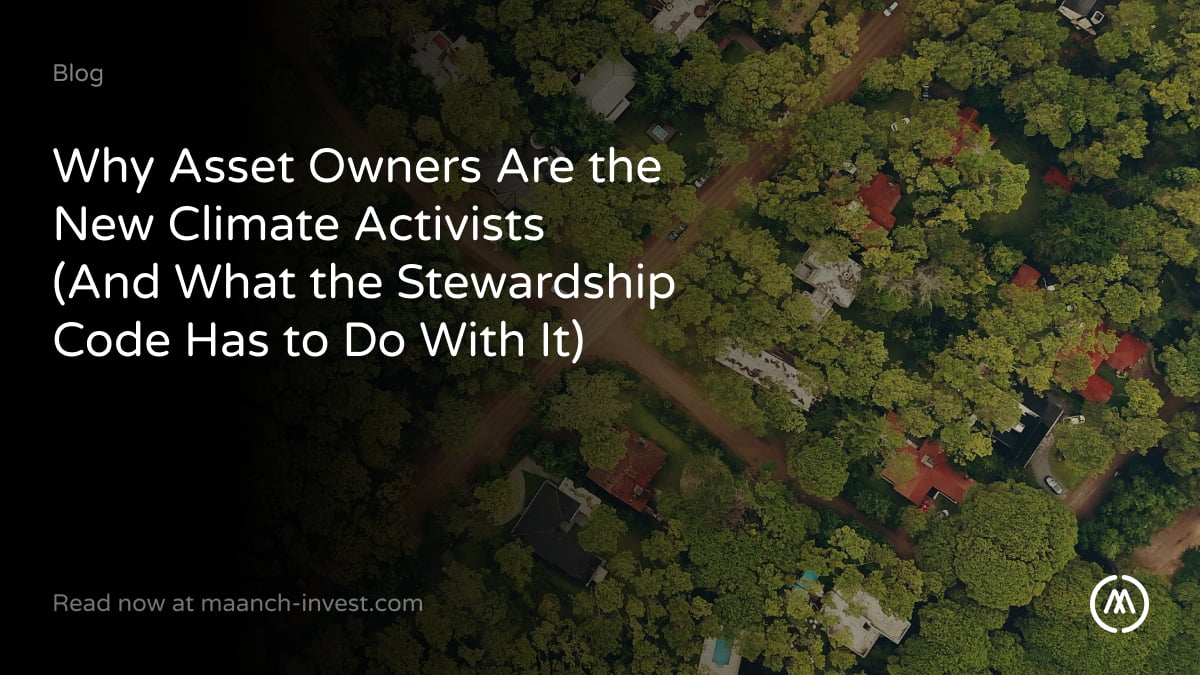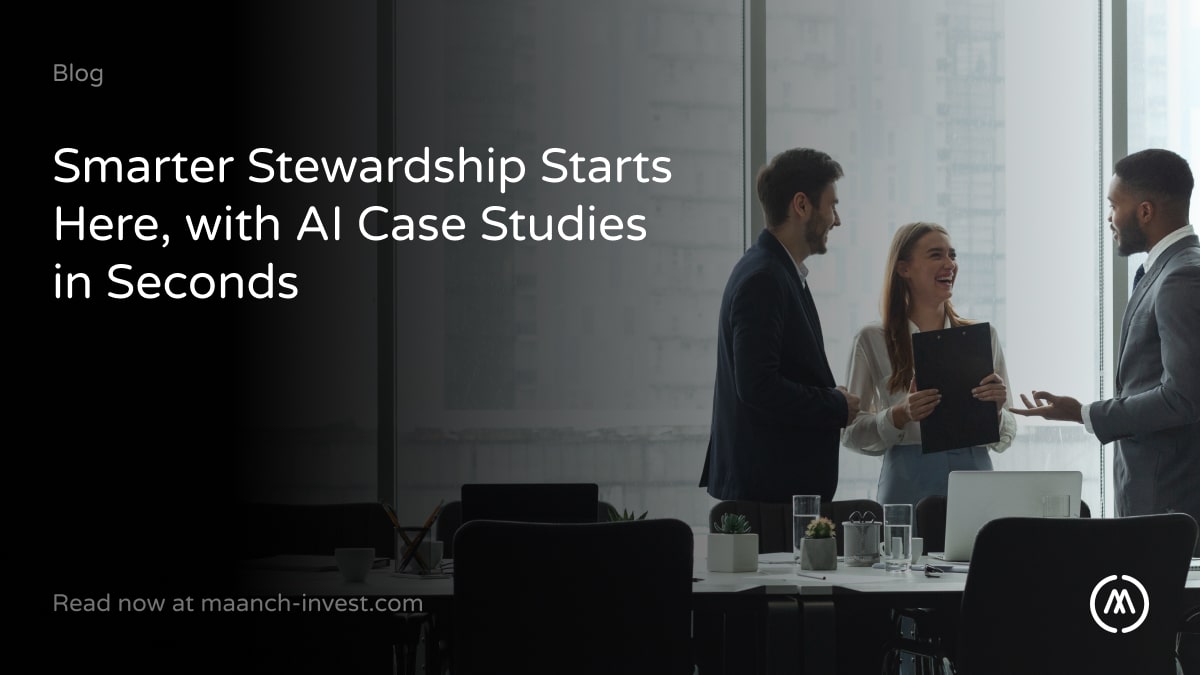Individuals give to charity for a number of reasons, whether it be personal attachments or specific values. The reasons why people give are important, but it could be argued that the real importance lies in the effects your contribution will have- on the organisation’s mission or on society in general. This is referred to as the social impact of your donation, which has become quite the buzzword in recent years, especially with the rise of Effective Altruism. Many people think that real compassion is something that comes from the heart, not as a result of dispassionate calculation. However, Effective Altruist researchers have calculated that some charitable organizations are 100 times more effective than others. As a result, donors should carry out at least some research before giving. If the goal of a charitable donation is to improve a societal objective, it seems logical to check if that charity is in fact effectively doing so. Surprisingly, this isn’t always the case: in a survey of 3000 American donors, only 33% said that they researched the charities they considered and only 9% reported giving based on evidence of effectiveness. Indeed, when presented with charities addressing different causes, people tend to choose the charities that have the most personal appeal, even when informed that other options are more effective.
Measuring Social Impact
Before diving into the subject, it is important to understand the different ways social impact can be calculated. Having a social impact means that your contribution towards a charity or project had a positive impact on the organisation’s ability to further their mission and thus have an impact on their beneficiaries. Limited knowledge around the operations of non-profit organisations and measuring their social impact makes it difficult for donors to understand their own impact.
There are lots of different ways to measure the social impact of charitable projects, which adds to the complexity of this topic. At Maanch, one metric we use is the UN Sustainable Development Goals. Our blueprint to achieve a better and more sustainable future for all, these provide us with a relevant framework, targets and indicators to effectively understand and measure impact. Our algorithms combine the use of SDG targets and indicators data at global and country level. This underpins the impact we project through the unique Maanch Metrics for every project listed for funding. Maanch aims to aggregate data and bring transparency, discoverability and harmony of information to the philanthropic sector.
Why do people give?
Now that we have a clearer understanding around social impact, what actually influences people to make them donate to charity? And is having a positive impact their primary concern?
Logically, most donors want their financial contribution to be put to good use by their chosen charity. Indeed 54.1% said that the primary reason they give is because they believe in the mission of the organisation. Additionally, nearly half (44%) of donors give when they believe their gift can make a difference. However, donors believe that their lack of knowledge in the industry challenges their ability to pick and monitor the most impactful charities. High net worth donors report that charitable giving has the most potential to generate social impact as compared to other activities, but the majority (53.5%) are not sure if their own gifts are achieving impact. Here lies the main challenge for donors: they wish to have a positive social impact but are unsure how to monitor or evaluate it.
In the same vein, 72.% of high net worth donors indicate that communications about impact made by the organization is very or somewhat important to them. Clearly, the majority of donors do care about having a social impact when making charitable decisions. However, most don’t have the time, resources or knowledge to do the necessary due diligence required to assure that the charity they’re supporting works effectively.
So, what next?
At Maanch, we work with our donors to help them understand the various complexities and components of the third sector. By learning about charities’ operations, you will feel more comfortable and confident in your charitable decisions. The focus should now be on giving donors the tools they need to understand and increase their positive social impact. We have multiple resources at Maanch to help you understand the discrepancies in the third sector and how to maximise your impact. For example, our Funder Questionnaire helps you better understand your giving preferences and what type of funder you are! Take the quiz to get matched with some of our exciting and impactful projects!
Blog by Maanch team member Sarah Georg.




